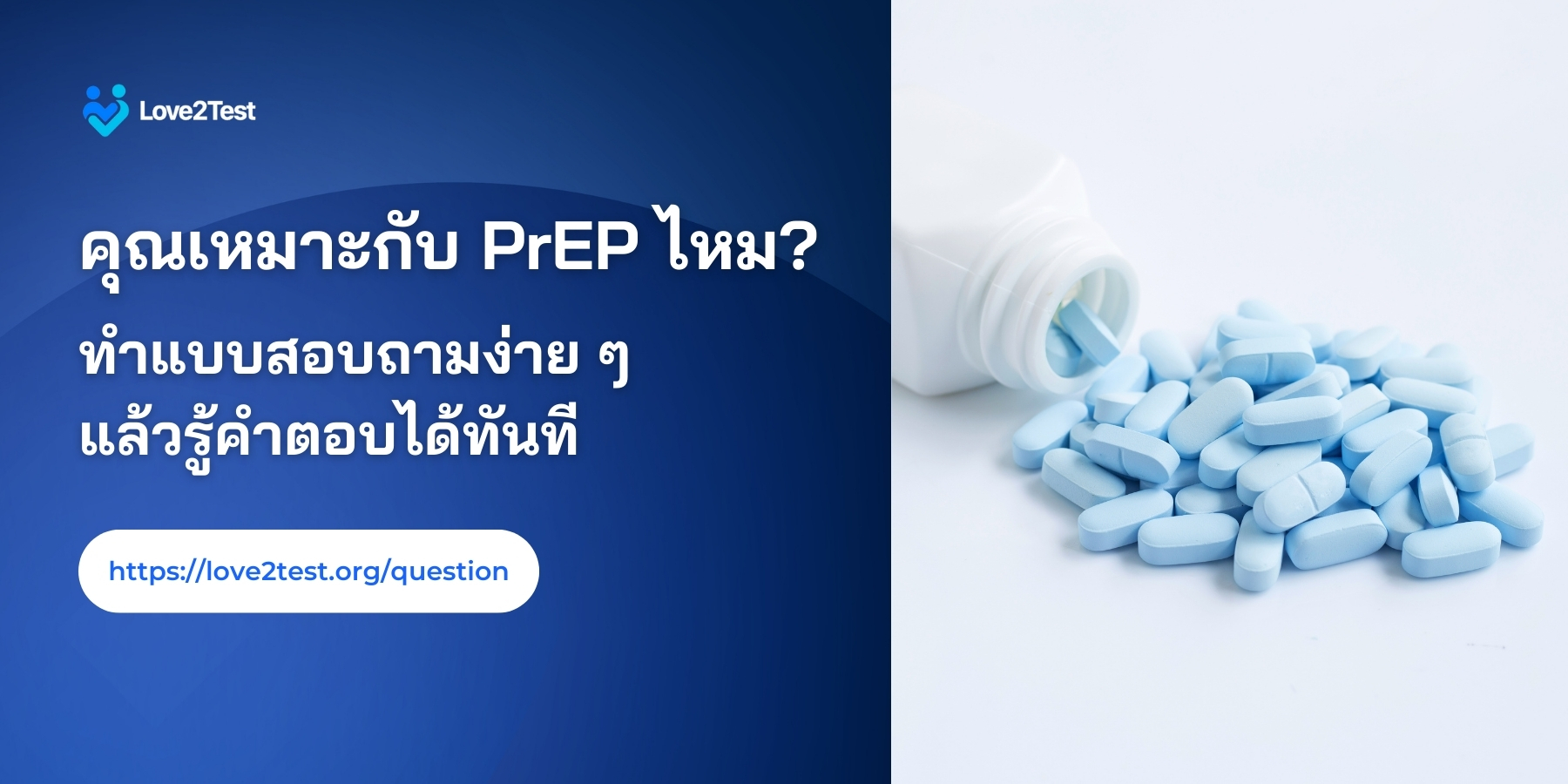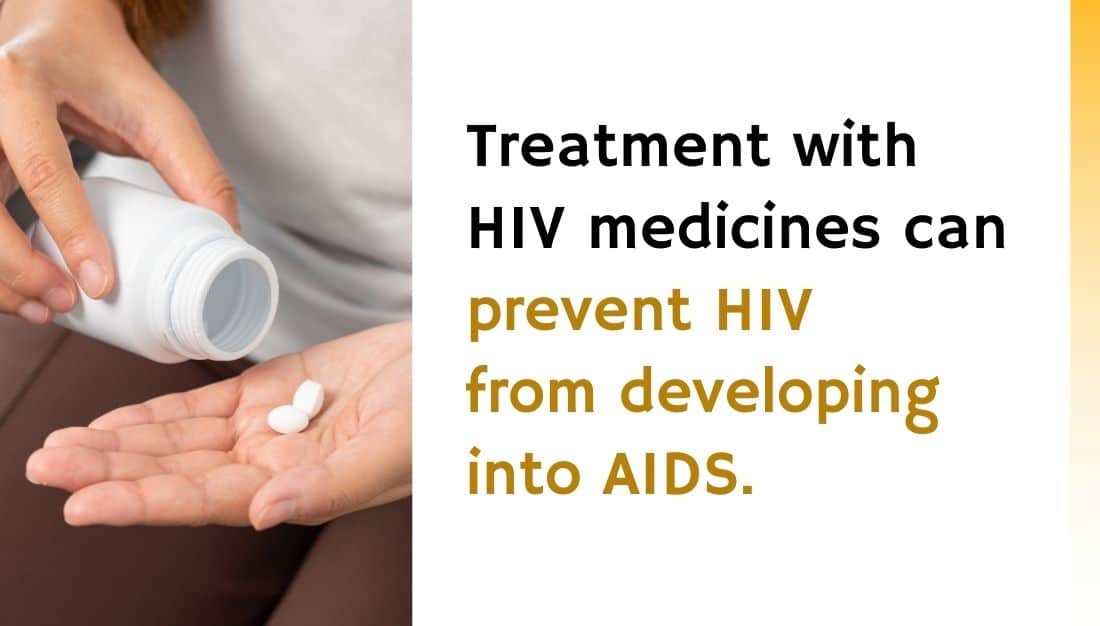HIV is a sexually transmitted infection (STI). It can also be spread by contact with infected blood or from mother to child during pregnancy, childbirth or breast-feeding. Without medication, it may take years before HIV weakens your immune system to the point that you have AIDS. By damaging your immune system, HIV interferes with your body’s ability to fight infection and disease.
List of contents
- 11.1 Use treatment as prevention (TasP).
- 11.2 Use post-exposure prophylaxis (PEP)
- 11.3 Use a new condom every time you have sex.
- 11.4 Consider preexposure prophylaxis (PrEP).
- 11.5 Your doctor will prescribe these drugs for HIV prevention
- 11.6 You need to take the drugs every day.
- 11.7 Tell your sexual partners if you have HIV.
- 11.8 Use a clean needle.
- 11.9 If you’re pregnant, get medical care right away.
What is HIV?
HIV (human immunodeficiency virus) is a virus that damages the cells in your immune system and weakens your ability to fight everyday infections and disease. HIV is a virus that attacks cells in the immune system (the body’s natural defence against illness). The virus destroys a type of white blood cell in the immune system called a T-helper cell – also referred to as a CD4 cell – and uses these cells to make copies of itself.
As HIV destroys more CD4 cells and makes more copies of itself, it gradually weakens a person’s immune system. This means that someone who has HIV, and isn’t taking treatment for it, will find it harder and harder to fight off infections and diseases. If HIV is left untreated, it may take up to 10 or 15 years for the immune system to be so severely damaged that it can no longer defend itself. However, the rate at which HIV progresses varies depending on age, general health and background.
Where did HIV come from?
History of HIV: HIV infection in humans came from a type of chimpanzee in Central Africa. The chimpanzee version of the virus (called simian immunodeficiency virus, or SIV) was probably passed to humans when humans hunted these chimpanzees for meat and came in contact with their infected blood. As far back as the late 1800s. Over decades, HIV slowly spread across Africa and later into other parts of the world.
Signs That You May Have HIV
| An Unexplained Rash | >> If you have a sudden rash with flu-like symptoms two to six weeks after having sex with a partner of unknown HIV status, you may need to consider HIV as a possible cause. |
| Swollen Lymph Nodes | >> Swollen lymph nodes (lymphadenopathy) can occur in the early stages of HIV as the body tries to kill the virus. it most often affects the lymph nodes of the armpits, neck, groin, or behind the ear. The swelling can sometimes be painful and even unsightly. |
| Oral Thrush | >> Oral thrush, also known as oral candidiasis, is caused by a fungus that can invade the inside of the mouth and throat. It can affect people who are relatively healthy but is still a sign that the immune system is breaking down. |
| Night Sweats | >> Night sweats, also known as sleep hyperhidrosis, can occur either during the acute stage as the body fights the virus or during the chronic phase as a result of an opportunistic infection |
| Sudden, Unexplained Weight Loss | >> Weight loss is common in people living with HIV during the advanced stages of the disease. The exact cause of HIV wasting is unknown, but it is thought that the constant inflammation caused by HIV increases the speed at which energy is burnt and reduces testosterone levels needed to build lean muscle. Other common causes of wasting include malnutrition, chronic diarrhea, tuberculosis, and cancer, all of which require urgent diagnosis and treatment. |
| A Sexually Transmitted Infection (STI) | >> If you have a sexually transmitted infection (STI), there is a chance you may have HIV as well. Some STIs like syphilis and herpes cause open sores that make it easier for HIV to enter the body. Others like gonorrhea and chlamydia cause inflammation in the genitals that |
How do I know if I have HIV?
The only way to know for sure whether you have HIV is to get tested. Knowing your HIV status helps you make healthy decisions to prevent getting or transmitting HIV.

Symptoms of HIV infection
Stages of Infection – (assuming no treatment)
There are four stages of HIV and as with all illnesses, how it progresses, how long it takes and the affect it has on the individual depends on a number of factors for example, general health, lifestyle, diet etc.
Stage 1: Infection
HIV quickly replicates in the body after infection. Some people develop short lived flu-like symptoms for example, headaches, fever, sore throat and a rash within days to weeks after infection. During this time the immune system reacts to the virus by developing antibodies – this is referred to as ‘sero-conversion’.
Stage 2: Asymptomatic
As the name suggests, this stage of HIV infection does not cause outward signs or symptoms. A person may look and feel well but HIV is continuing to weaken their immune system. This stage may last several years (an average of 8 to 10 years) and without a HIV test many people do not know they are infected.
Stage 3: Symptomatic
Over time the immune system becomes damaged and weakened by HIV and symptoms develop. Initially they can be mild but they do worsen, symptoms include fatigue, weight loss, mouth ulcers, thrush and severe diarrhoea. The symptoms are caused by the emergence of opportunistic infections; they are referred to as opportunistic infections because they take advantage of a person’s weakened immune system. Some examples of opportunistic infections are PCP, toxoplasmosis, TB and kaposi sarcoma.
Stage 4: AIDS/Progression of HIV to AIDS
There is no single test for AIDS; doctors will look at a variety of symptoms including the CD4 count, the viral load and the presence of opportunistic infections in order to make an AIDS diagnosis
Although HIV disease progression is described in stages, it is not inevitable that a person will go from Stage 1 Infection to Stage 4 AIDS. There is treatment available that can prevent a person developing AIDS and deal with the symptoms of HIV infection. There are a number of people living with HIV who have not developed AIDS even without medical intervention, these people are referred to as ‘long-term non progressors’ and have been subject to much research in the hope of finding more information about their immune systems.
When to see a doctor
If you think you may have been infected with HIV or are at risk of contracting the virus, see a doctor as soon as possible.
How does HIV become AIDS?
HIV attacks and destroys the infection-fighting CD4 cells (CD4 T lymphocyte) of the immune system. The loss of CD4 cells makes it difficult for the body to fight off infections and certain cancers. Without treatment, HIV can gradually destroy the immune system and HIV infection advances to AIDS
How HIV spreads
- You can get HIV when body fluids from an infected person enter your bloodstream. Body fluids are blood, semen, vaginal fluids, fluids from the anus, and breast milk.
- The virus can enter the blood through linings in the mouth, anus, or sex organs (the penis and vagina), or through broken skin. Both men and women can spread HIV.
- The most common ways that people get HIV are having sex with an infected person without a condom. and sharing a needle to take drugs.
- From blood transfusions. In some cases, the virus may be transmitted through blood transfusions. American hospitals and blood banks now screen the blood supply for HIV antibodies, so this risk is very small.
- During pregnancy or delivery or through breast-feeding. Infected mothers can pass the virus on to their babies. Mothers who are HIV-positive and get treatment for the infection during pregnancy can significantly lower the risk to their babies.
How HIV doesn’t spread
- You can’t become infected with HIV through ordinary contact. That means you can’t catch HIV or AIDS by hugging, kissing, dancing or shaking hands with someone who has the infection.
- HIV isn’t spread through the air, water or insect bites
Who can get risk factor HIV?
Anyone can get HIV if they are exposed to the virus. You have a higher risk of getting HIV if you:
- Have sex with many partners (men or women).
- Have unsafe sex with an infected person.
- Share needles to take drugs or steroids.
- Have unprotected sex for drugs or money.
- Have another sexually transmitted infection (STI).
Complications
HIV infection weakens your immune system, making you much more likely to develop many infections and certain types of cancers.
- Pneumocystis pneumonia (PCP). This fungal infection can cause severe illness. Although it’s declined significantly with current treatments for HIV/AIDS, in the U.S. PCP is still the most common cause of pneumonia in people infected with HIV.
- Candidiasis (thrush). Candidiasis is a common HIV-related infection. It causes inflammation and a thick, white coating on your mouth, tongue, esophagus or vagina.
- Tuberculosis (TB). In resource-limited nations, TB is the most common opportunistic infection associated with HIV. It’s a leading cause of death among people with AIDS.
- Cytomegalovirus. This common herpes virus is transmitted in body fluids such as saliva, blood, urine, semen and breast milk. A healthy immune system inactivates the virus, and it remains dormant in your body. If your immune system weakens, the virus resurfaces — causing damage to your eyes, digestive tract, lungs or other organs.
- Cryptococcal meningitis. Meningitis is an inflammation of the membranes and fluid surrounding your brain and spinal cord (meninges). Cryptococcal meningitis is a common central nervous system infection associated with HIV, caused by a fungus found in soil.
- Toxoplasmosis. This potentially deadly infection is caused by Toxoplasma gondii, a parasite spread primarily by cats. Infected cats pass the parasites in their stools, which may then spread to other animals and humans. Toxoplasmosis can cause heart disease, and seizures occur when it spreads to the brain.
- Lymphoma. This cancer starts in the white blood cells. The most common early sign is painless swelling of the lymph nodes in your neck, armpit or groin.
- Kaposi’s sarcoma. A tumor of the blood vessel walls, Kaposi’s sarcoma usually appears as pink, red or purple lesions on the skin and mouth. In people with darker skin, the lesions may look dark brown or black. Kaposi’s sarcoma can also affect the internal organs, including the digestive tract and lungs.
What is the treatment for HIV?
Antiretroviral therapy (ART) is the use of HIV medicines to treat HIV infection. People on ART take a combination of HIV medicines (called an HIV treatment regimen) every day. ART is recommended for everyone who has HIV. ART prevents HIV from multiplying, which reduces the amount of HIV in the body (called the viral load).
Having less HIV in the body protects the immune system and prevents HIV infection from advancing to AIDS. ART cannot cure HIV, but HIV medicines help people with HIV live longer, healthier lives. ART also reduces the risk of HIV transmission. A main goal of ART is to reduce a person’s viral load to an undetectable level. An undetectable viral load means that the level of HIV in the blood is too low to be detected by a viral load test. People with HIV who maintain an undetectable viral load have effectively no risk of transmitting HIV to their HIV-negative partner through sex.
Prevention

- There’s no vaccine to prevent HIV infection and no cure for AIDS. But you can protect yourself and others from infection.
Use treatment as prevention (TasP).
If you’re living with HIV, taking HIV medication can keep your partner from becoming infected with the virus. If you make sure your viral load stays undetectable — a blood test doesn’t show any virus — you won’t transmit the virus to anyone else. Using TasP means taking your medication exactly as prescribed and getting regular checkups.
Use post-exposure prophylaxis (PEP)
if you’ve been exposed to HIV. If you think you’ve been exposed through sex, needles or in the workplace, contact your doctor or go to the emergency department. Taking PEP as soon as possible within the first 72 hours can greatly reduce your risk of becoming infected with HIV. You will need to take medication for 28 days.
Use a new condom every time you have sex.
Use a new condom every time you have anal or vaginal sex. Women can use a female condom. If using a lubricant, make sure it’s water-based. Oil-based lubricants can weaken condoms and cause them to break. During oral sex use a nonlubricated, cut-open condom or a dental dam — a piece of medical-grade latex.
Consider preexposure prophylaxis (PrEP).
The combination drugs emtricitabine plus tenofovir (Truvada) and emtricitabine plus tenofovir alafenamide (Descovy) can reduce the risk of sexually transmitted HIV infection in people at very high risk.
Your doctor will prescribe these drugs for HIV prevention
only if you don’t already have HIV infection. You will need an HIV test before you start taking PrEP and then every three months as long as you’re taking it. Your doctor will also test your kidney function before prescribing Truvada and continue to test it every six months.
You need to take the drugs every day.
They don’t prevent other STIs, so you’ll still need to practice safe sex. If you have hepatitis B, you should be evaluated by an infectious disease or liver specialist before beginning therapy.
Tell your sexual partners if you have HIV.
It’s important to tell all your current and past sexual partners that you’re HIV-positive. They’ll need to be tested.
Use a clean needle.
If you use a needle to inject drugs, make sure it’s sterile and don’t share it. Take advantage of needle-exchange programs in your community. Consider seeking help for your drug use.
If you’re pregnant, get medical care right away.
If you’re HIV-positive, you may pass the infection to your baby. But if you receive treatment during pregnancy, you can significantly cut your baby’s risk.
Basic facts about HIV
- People with HIV can enjoy a long and healthy life by taking antiretroviral treatment (ART) which is effective and available to all.
- The earlier a person is diagnosed with HIV, the sooner they can start treatment – which means they will enjoy better health in the long term.
- When taken properly, ART can reduce the level of HIV in the body (the viral load) to such low levels that blood tests cannot detect it (known as ‘undetectable’). Having an undetectable viral load means you cannot pass on HIV.
- Regularly testing for HIV will help you to know your status, and start treatment if you need it.
- HIV is found in semen (cum), blood, vaginal and anal fluids, and breastmilk. It is mainly passed on through unprotected sex (without a condom), sharing needles or syringes and during pregnancy, birth or breastfeeding.
- HIV can’t be transmitted through sweat, saliva or urine. This means it cannot be passed on through coughing or sneezing, hugging, kissing, or sharing towels or a toilet seat with someone who has the virus.
Reference
About HIV https://www.cdc.gov/hiv/basics/whatishiv.html
HIV/AIDS https://www.mayoclinic.org/diseases-conditions/hiv-aids/symptoms-causes/syc-20373524
HIV and AIDS https://www.nhs.uk/conditions/hiv-and-aids/
WHAT ARE HIV AND AIDS? https://www.avert.org/about-hiv-aids/what-hiv-aids
Stages of HIV Infection https://www.hivireland.ie/hiv/stages-of-infection/
HIV and AIDS: The Basics https://hivinfo.nih.gov/understanding-hiv/fact-sheets/hiv-and-aids-basics7
Signs That You May Have HIV https://www.verywellhealth.com/top-signs-you-may-have-hiv-49428


